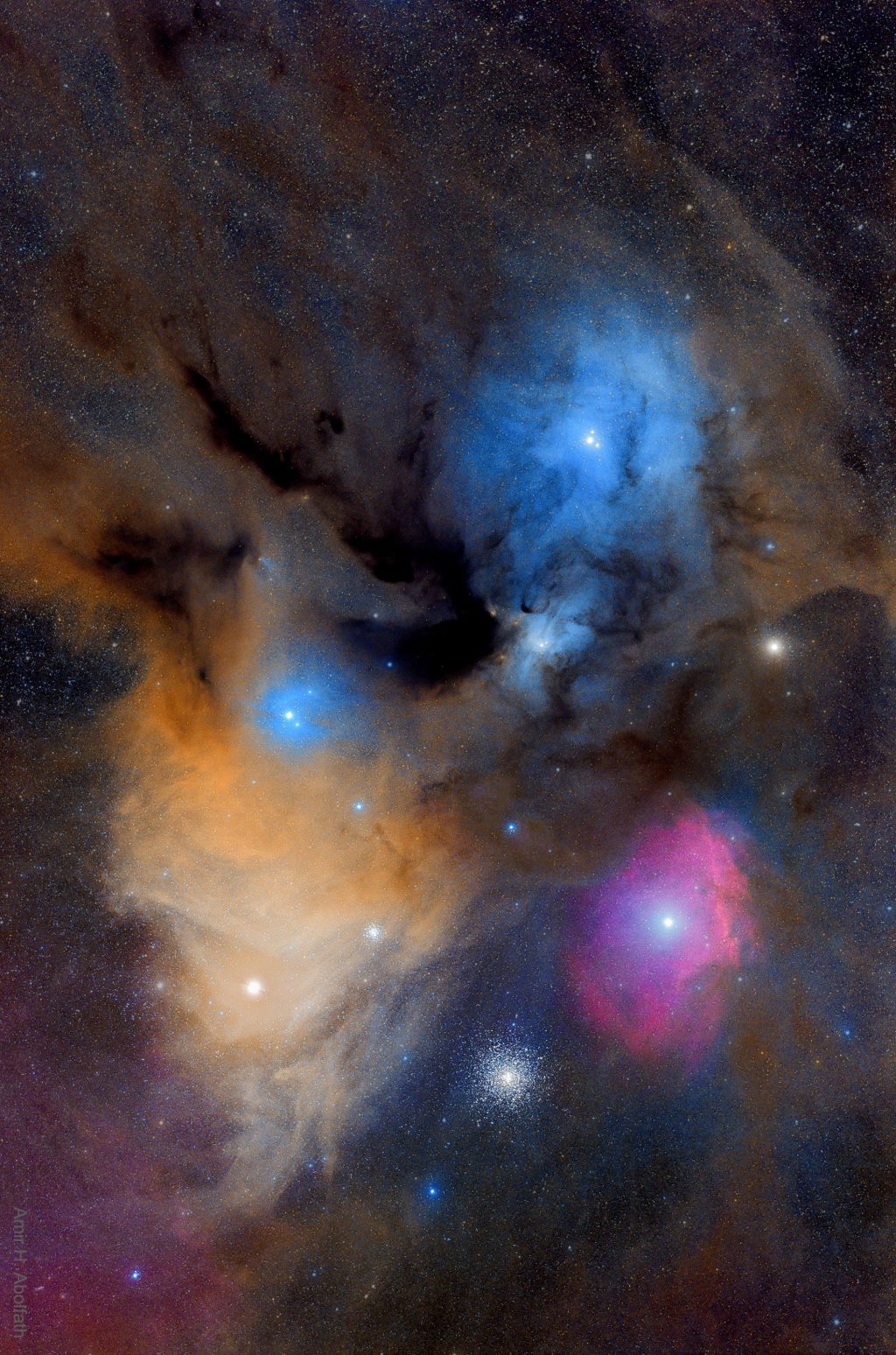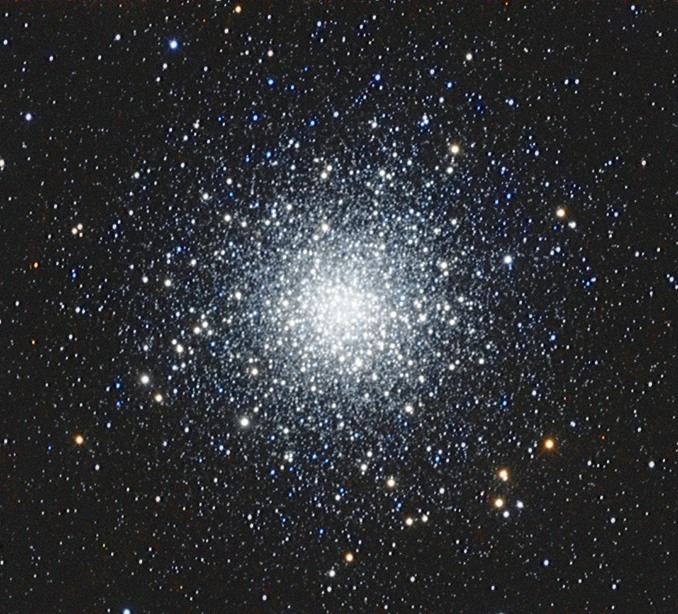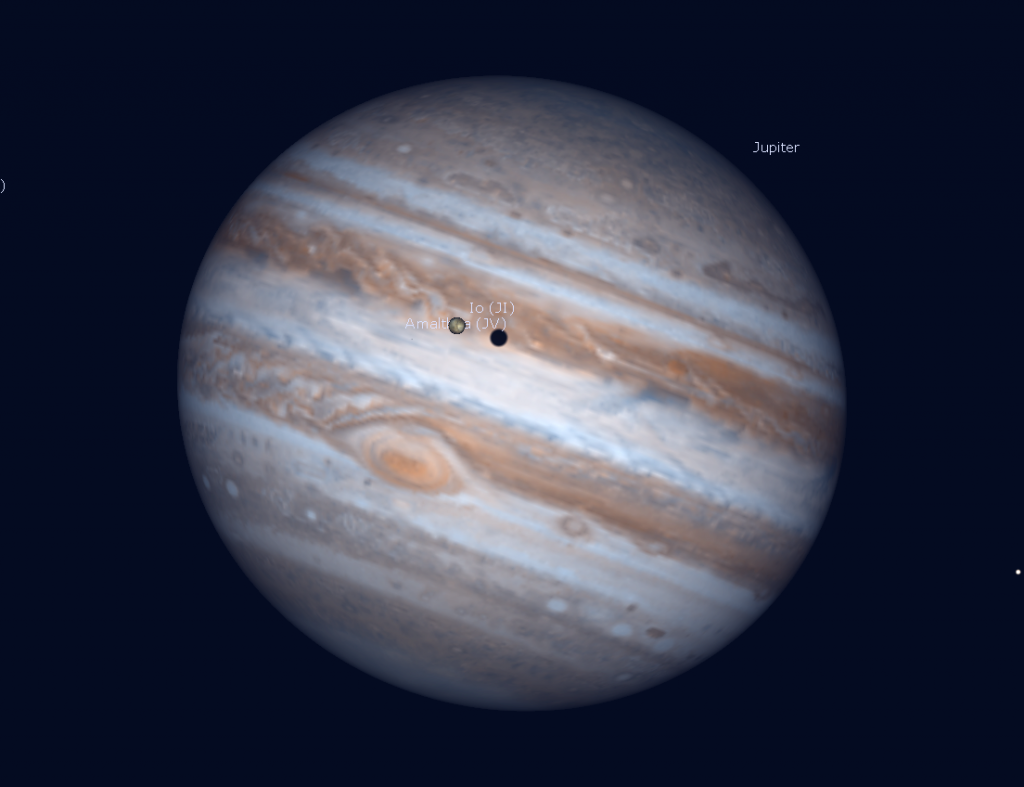The Full Harvest Supermoon Covers Saturn and Dips into Earth’s Umbra, Evening Neptune Peaks near Saturn, the Big Bear Prepares to Nap, and Autumn Arrives!
The bright rays that surround the small bright crater Proclus are missing to the left of the two yellow lines, evidence that the Proclus impactor arrived at a shallow angle from that direction and tossed debris in front of it, partly onto dark Mare Crisium. This feature on the moon is easy to see in…
Read more








